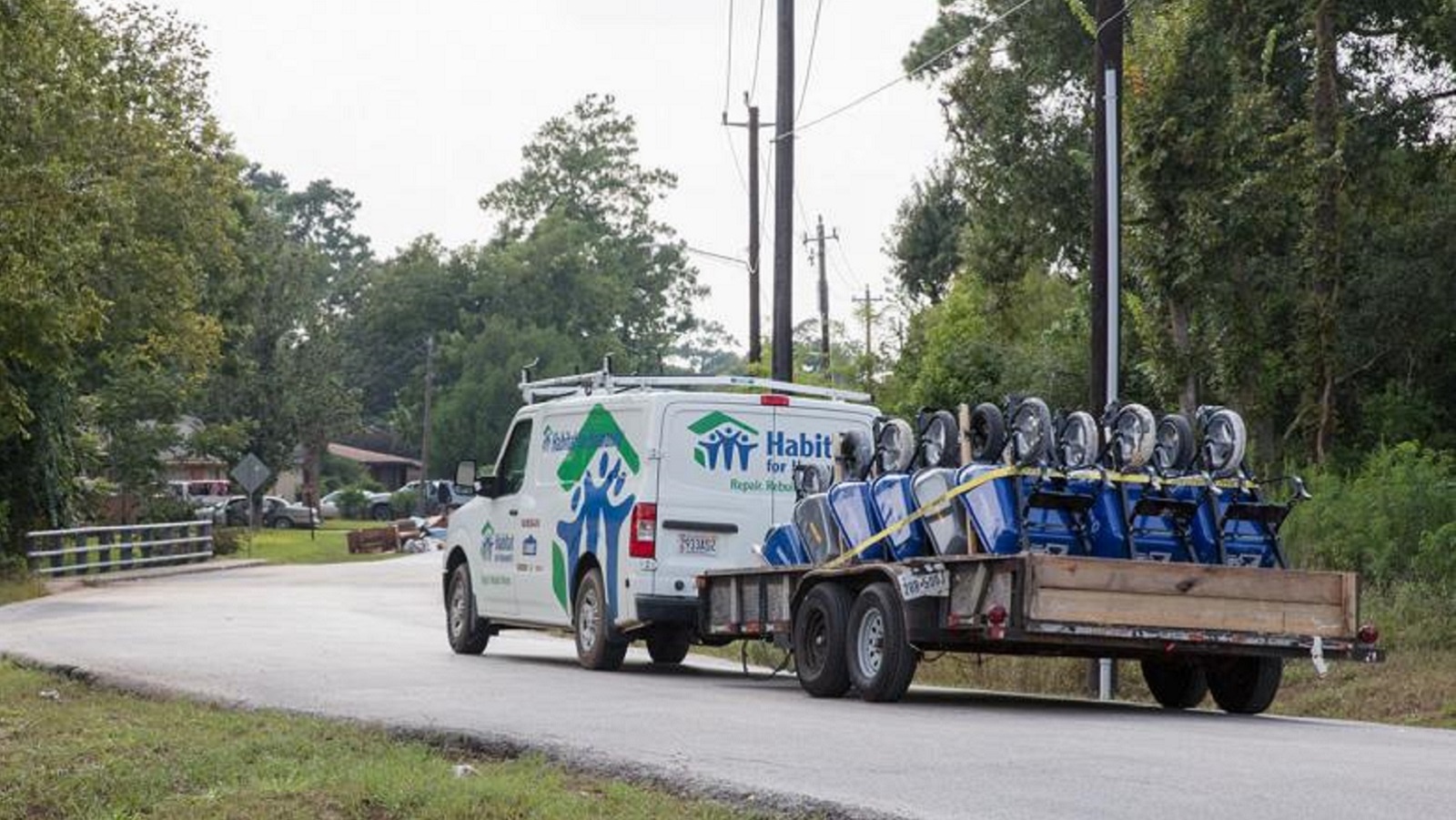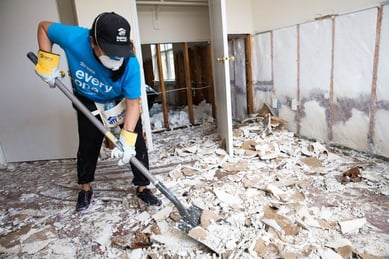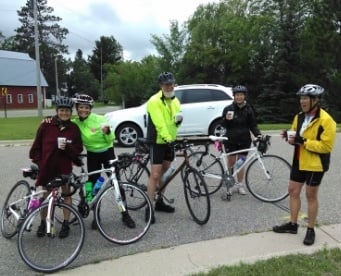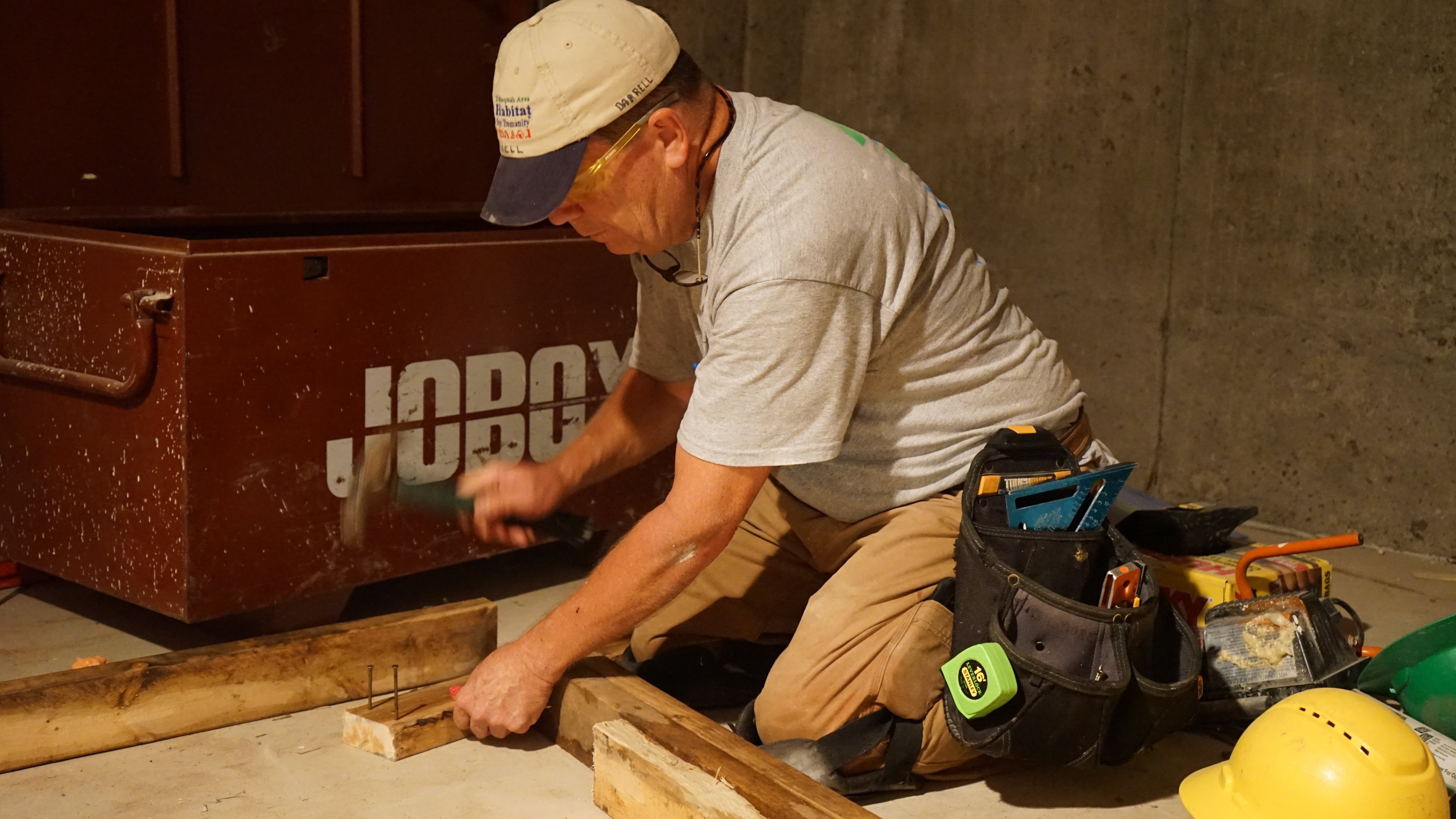Twin Cities Habitat Supports Ukrainian Refugees
On Thursday, March 10, we put a call out to support Habitat's emergency Ukraine response. In less than five days, donors rallied together to raise...
2 min read
 Kaitlyn Dormer
:
9:30 AM on October 20, 2017
Kaitlyn Dormer
:
9:30 AM on October 20, 2017

Since late-August, three powerful hurricanes have rocked Texas, Louisiana, Florida, Puerto Rico, and the Caribbean. Responders are still measuring the devastation following Hurricanes Harvey, Irma, and Maria, but cost estimates are in the hundreds of billions of dollars. I am encouraged by the outpouring of compassion and generosity in response to these disasters. As Habitat for Humanity has done before, we’ve launched disaster response efforts in the affected areas and developed a plan for the long recovery road ahead.
Since we’re getting this question a lot, let me provide an answer first before I dig into all the details:
Please note: We appreciate that you are anxious to help, but please do not self-deploy. Shelter, food, and water are in limited supply and the arrival of unexpected volunteers adds to an already strained situation. Volunteers from outside the immediate area will be needed, now is just not the time.
Jonathan Reckford, CEO of Habitat for Humanity International, described the Habitat Hammers Back action plan in a recent letter. The plan, which will unfold over the coming months and years, has three phases:
Natural disasters hit low-income people harder than middle- and higher-income people. The Brookings Institution, a non-partisan Washington think tank, recently published a report describing disasters’ impact on low-income people. Of course, storms don’t discriminate, but there are many reasons that lower-income people are more vulnerable during disasters and face greater challenges during recovery. The report explains that low-income neighborhoods are more likely to be in susceptible areas, such as in flood zones or near chemical plants. The subsequent economic consequences of storms are also harder on low-income people, who are less likely to have flood insurance, have limited flexibility to relocate after a disaster, and can’t easily afford to miss work.

Habitat has decades of experience partnering with low-income families. We know how to mobilize volunteers and build resilient homes affordably. These competencies make us well-suited to have a disaster response program.
Since 1997, Habitat has helped more than 230,000 families in 52 countries following disasters including Superstorm Sandy, tornadoes through the South and Midwest, earthquakes in Haiti and Nepal, and typhoons in the Philippines.
In the 12 years since Katrina, Habitat prepared more than 2,500 homes for rehabilitation and has built more than 6,000 new affordable homes along the U.S. Gulf Coast. When a storm strikes, Habitat’s disaster recovery program partners with local Habitat affiliates to address the most critical needs first, then develop a long-term plan.
Here in the Twin Cities, we know a bit about disaster recovery, too. When the 2011 tornado ravaged North Minneapolis, we mobilized volunteers for immediate clean up and expanded our A Brush with Kindness services to include critical home repairs in the affected area. We’ve also engaged local volunteers to response to natural disasters in Haiti and New Orleans.
Right now, you can donate to Habitat hurricane recovery efforts and you can sign up for volunteer alerts to be notified when opportunities are available. Habitat is posting updates on efforts. As we learn more from Habitat International and local Habitat affiliates, we will keep you up to date.
Your gift unlocks bright futures! Donate now to create, preserve, and promote affordable homeownership in the Twin Cities.

On Thursday, March 10, we put a call out to support Habitat's emergency Ukraine response. In less than five days, donors rallied together to raise...

This year marks the 23rd year of the annual Habitat 500 bicycle ride. The goal of the bike ride is to raise awareness about the need for decent,...

With little more than his truck, camper, and a well-stocked toolbelt, Darrell Gilmore (@H4Hnomad on Twitter) has an audacious goal: to volunteer with...